Phyllo dough
Dec 13, 2011, Updated Jan 10, 2023
This post may contain affiliate links. Please read our disclosure policy.
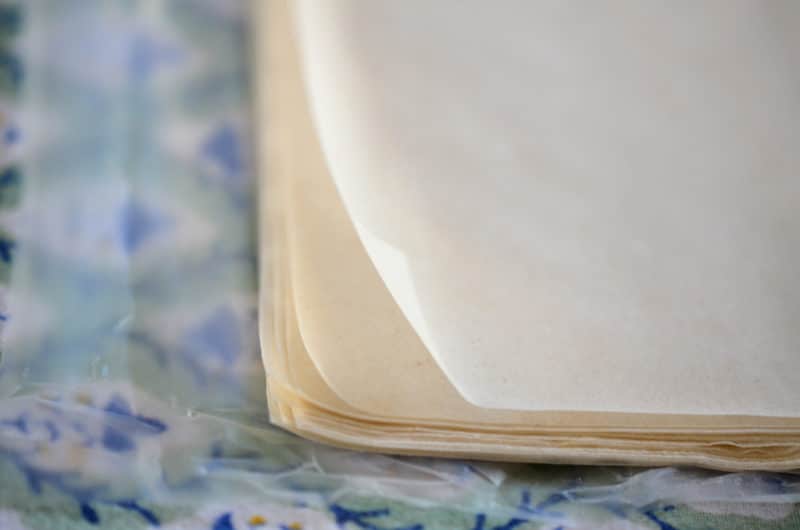
Perhaps it’s my love of paper that inspires my fascination with phyllo dough. Or maybe it’s the other way around. Either way, phyllo dough is a beautiful, delicate pastry that requires a lot of tender loving care when handled. Made with flour, water, and oil, phyllo is an unleavened (no yeast) paper-thin dough that is typically layered with butter or oil for its various preparations.
We use phyllo to make our prized Lebanese baklawa (sounds like bit-LAY-wah), a pastry of many crisp layers of phyllo with nuts and clarified butter. You may be more accustomed to ‘baklava,’ which is the Greek version. To the casual eater of this pastry, the two types may seem identical, but the differences are there, and each culture considers their own the best. Greeks use honey to flavor their baklava. The Lebanese use simple syrup fragrant with mazaher, orange blossom water.
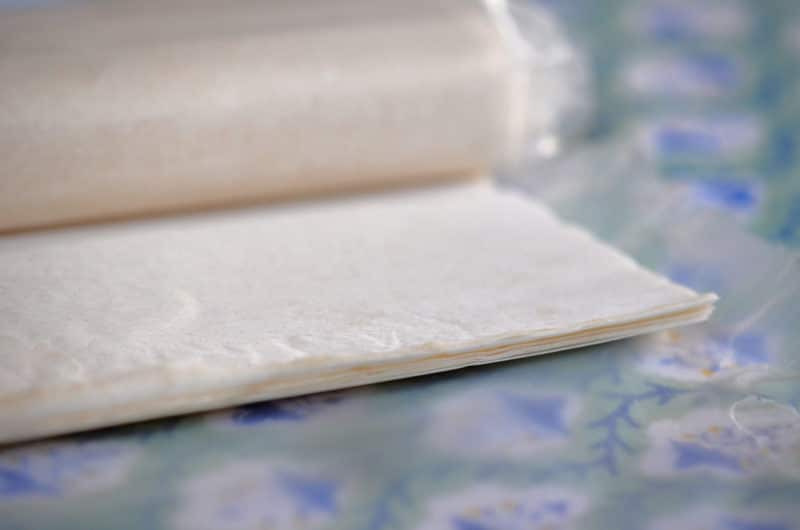
Phyllo dough is typically store-bought rather than homemade, and comes in various sizes, thicknesses, brands—and almost as many spellings: phyllo, fillo, filo. I asked Aunt Louise the other night about her preferred dough, and she reached in among her cookbooks and pulled out the label from a box of phyllo dough that she cut out some time ago. She keeps it handy so she’ll always remember exactly what brand and type of dough she is looking for, which is #4 (as opposed to #7 which is thicker, or #10 which is ‘country style,’ very thick). The brand she likes is Fillo Factory, a brand I hadn’t seen before. When I looked it up I discovered a family-owned operation, and best of all, their phyllo is organic.
Aunt Louise drives across town in Lansing to get this specific phyllo dough. Online, the Fillo Factory’s zip code store locator turned up no retailers for me in a 75-mile radius of Harbor Springs. The dough can be ordered from them online, but then you have to weigh the cost of shipping, and you clearly have to plan ahead.
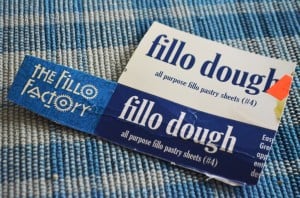
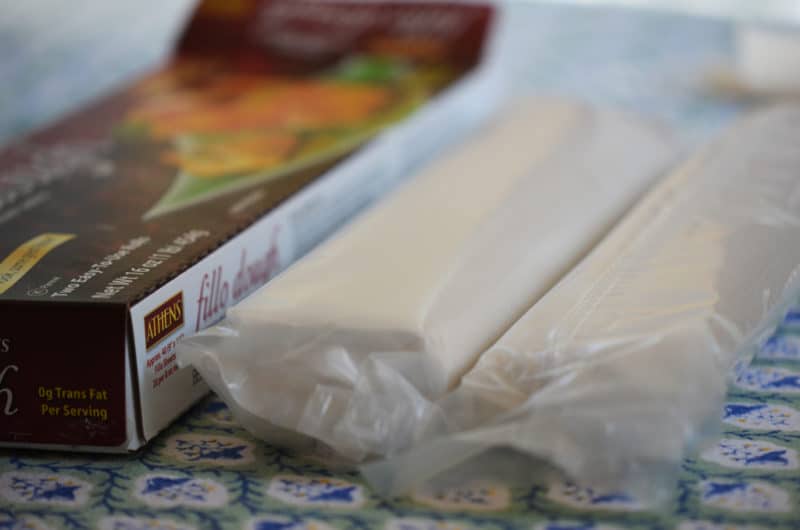
I have always just bought any phyllo that is available in my neighborhood grocery store, which means you take what you can get. The dough may come in the long sheets (about 14”x18”) or the short ones (about 9”x14”). Most everyone I know uses the long sheets in a sheet pan, but I started making baklawa in a 9″x13″x2″ when I could find only the smaller phyllo in my city grocery in Chicago. Turns out I really enjoy making a smaller quantity of baklawa, even though that goes directly against the family grain (bigger is better). Whatever size pan you want to bake your baklawa in can be accommodated; phyllo is easily trimmed, with a scissors as you’d cut wrapping paper, to fit your pan.
Phyllo is always sold frozen, and it can be tough to locate in the frozen food aisles. I’ve scoured many a grocery store searching for phyllo until finally I have to ask a store employee to escort me directly to it. Typically the brand grocery stores carry is Athens, and typically there is no option for varying degrees of thickness (the box doesn’t read #4, #7, #10).
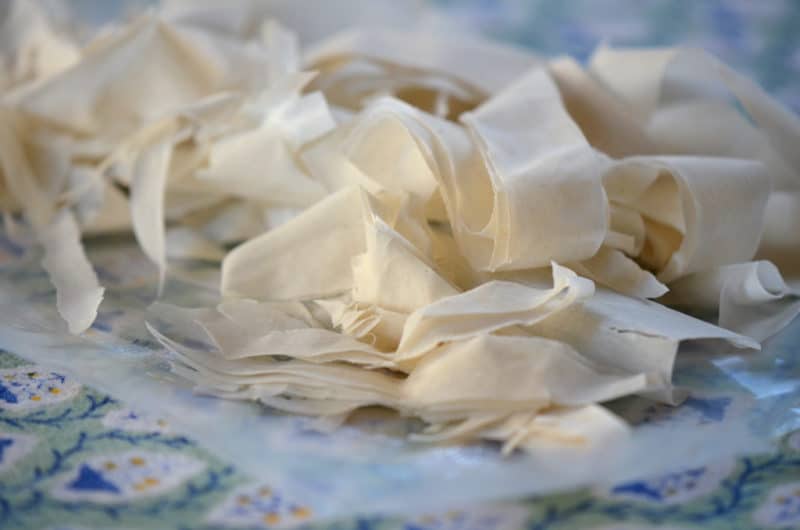
Phyllo can’t be left out for long because the layers are so thin they dry out quickly. The dough must be thawed before opening, and then once unrolled it must be covered with a towel to prevent drying. A sheet of phyllo when dry will shatter and crumble over a whisper, when what you want is to keep the sheet flexible and cohesive.
So get your TLC on to make baklawa. Our gentle handling of the phyllo might just extend to how we treat others this holiday season. Or even better, how we treat ourselves.
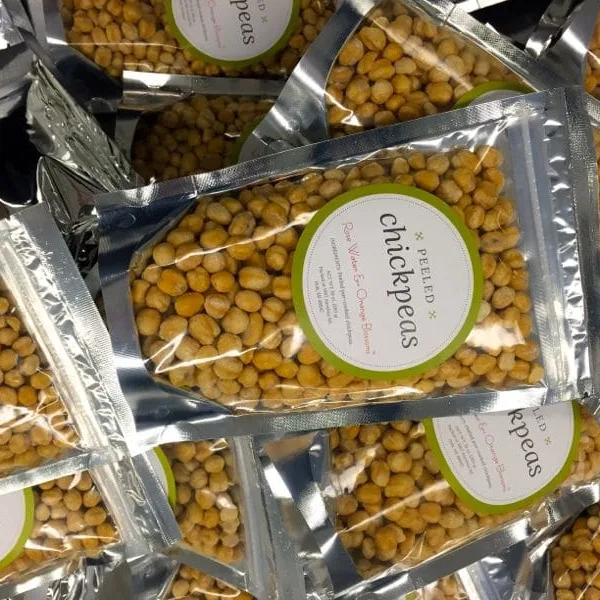

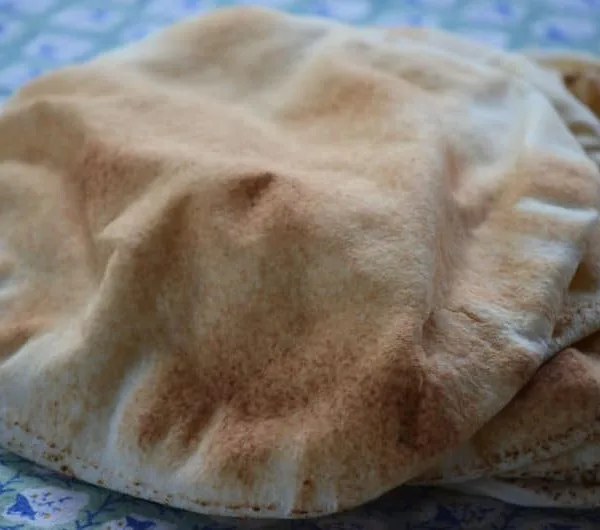
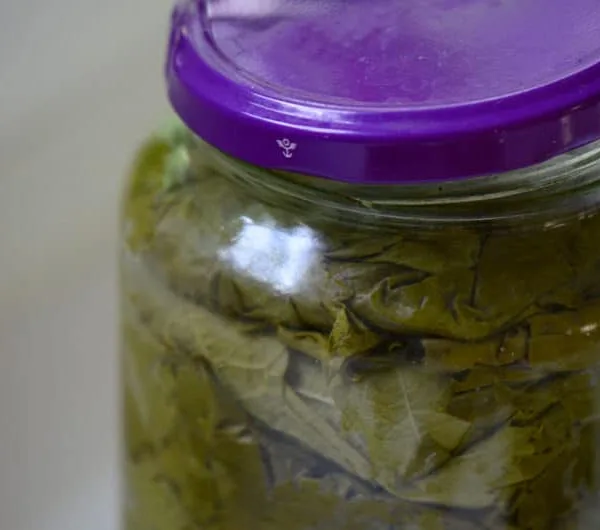







I know the thread is older, but In response to Demetra, The Fillo Factory is in Northvale NJ and you can come into our office and buy unfrozen fillo if you are needing it! We make all kinds and thicknesses here, organic, whole wheat and spelt – Kataifi too. The organic/Whole Wheat/ and Spelt are always frozen just after making because they do not contain any kind of preservatives and it is the only way to keep them fresh. So stop by and say Lauren sent you!! 🙂
Every year I go crazy to find phyllo that is not frozen, I have only 2 places, one is a bakery 60 minute drive but it is too thick for baklava, the other is a middle eastern place in Paterson, NJ, which is also a drive. I vow every holiday to make the drive ahead of schedule but seldom do. I did 8 lbs of different greek cookies that I send to my aunts, now just the baklava and will be complete. I want to try your lebenese syrup, could you post the recipe for the syrup?
thank you
Happy Baking.
Hi Demetra–I have actually never seen phyllo that is available unfrozen! The syrup is posted here. Your cookies sound wonderful!
I only have some questions. Does the towel need to be wet? When I take the filo sheets out of the box, do I need to brush them with melted butter? Also, I’m thinking about using filo dough to make quiche,.do you think it’ll work?
Hello! I use a dry towel, and the method I’ve posted for baklawa (see this) does not call for buttering the layers. If you use the phyllo for quiche, yes, I would butter the layers. It could work and it’s a nice idea; be sure to use many layers because the egg mixture is heavy!
Looking forward to other phyllo recipes. My kids like the spinach triangles. My daughter made them for a college International Day and they were a hit. Also so many other deserts, different fillings. It’s a shame people only think of baklawa when it comes to phyllo.
I once watched my Egyptian friend Phoebe crumple the phyllo to make baklava and I have adopted her technique ever since! (I called it the ten -minute baklava, because it does only take 10 minute from start to finish). Still need to make the dough for the tamrieh, similar to phyllo and made to perfection here in Deir el-Kamar by Edouard shami.
I have seen the crumple technique and it’s fascinating! I would love to see Edouard Shami make the tamrieh someday….
Maureen, You so totally evoke my childhood and I am always moved by your writings. I grew up helping my Mother cook and every holiday season, I had to stand on a chair to reach the table top to knead the dough for bread and filo leaves. I too have an Aunt Louise. And, I am 68 yrs old, so I remember the day, a half a century ago, BEFORE filo leaves became commercially available, and my Dear Mother, made her own leaves, for her annual Christmas baking of baklawa. But once she discovered the prepared leaves, it was like a most blessed gift to her.
And I only recently discovered Fillo Factory organic filo sheets–in my local one-of-a-kind grocery store which has a stellar array of organics–we are committed and devoted customers, and I told the store owner I was from LA where specialty grocery stores abound and hers was the best for organics that I had ever seen. Completely unexpected to find ORGANIC Filo! Peace and Love, Diane Nassir (Abuhd), New Mexico
I am fascinated by the idea of homemade phyllo and have imagined what it must have been like for those women. How neat that you have memories of all of that! Your local grocery sounds wonderful Diane!